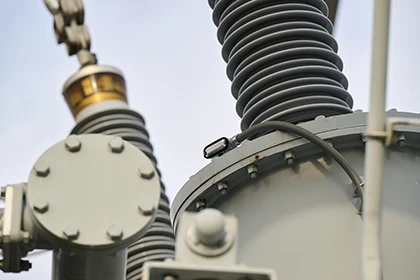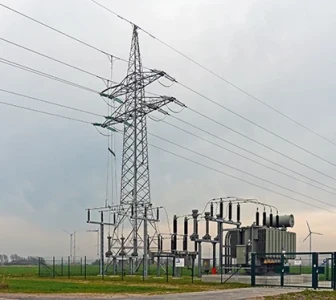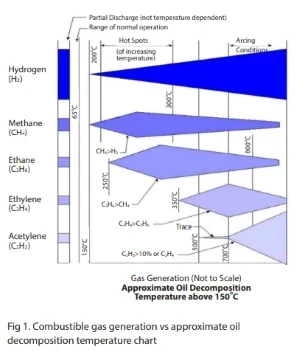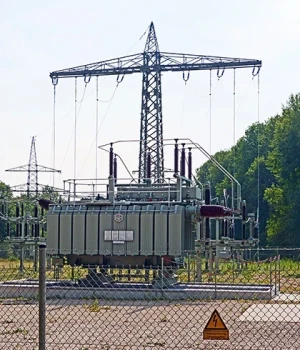Understanding Bushing Failure Modes and Monitoring for Optimal Transformer Health

Monitoring the health of bushings is vital for ensuring the reliability of transformers, especially in high-stakes environments like power grids and industrial facilities. Bushings, critical components of transformers, are prone to various failure modes that can lead to operational inefficiencies or even catastrophic failures. This article explores common bushing failure modes, effective monitoring strategies, and case studies demonstrating real-world applications.
Common Failure Modes of Bushings
Oil-impregnated paper (OIP) bushings are among the most widely used and are susceptible to specific failure mechanisms. Key issues include:
- Contamination of Insulation: Moisture ingress and other contaminants can degrade the oil-paper insulation, resulting in changes to power factor and capacitance.
- Aging of Transformer Oil: Thermal and electrical stresses accelerate oil degradation, which can also influence bushing performance.
- Hotspot Formation: Internal and external hotspots can lead to gasket failures and subsequent moisture ingress.
- Partial Discharges (PD): These can occur internally due to defects in the C1 insulation, in areas of low dielectric strength due moisture ingress or bubble formation, or along the lower porcelain due to contamination.
Read the full article in the Transformer Technologies Special Edition









